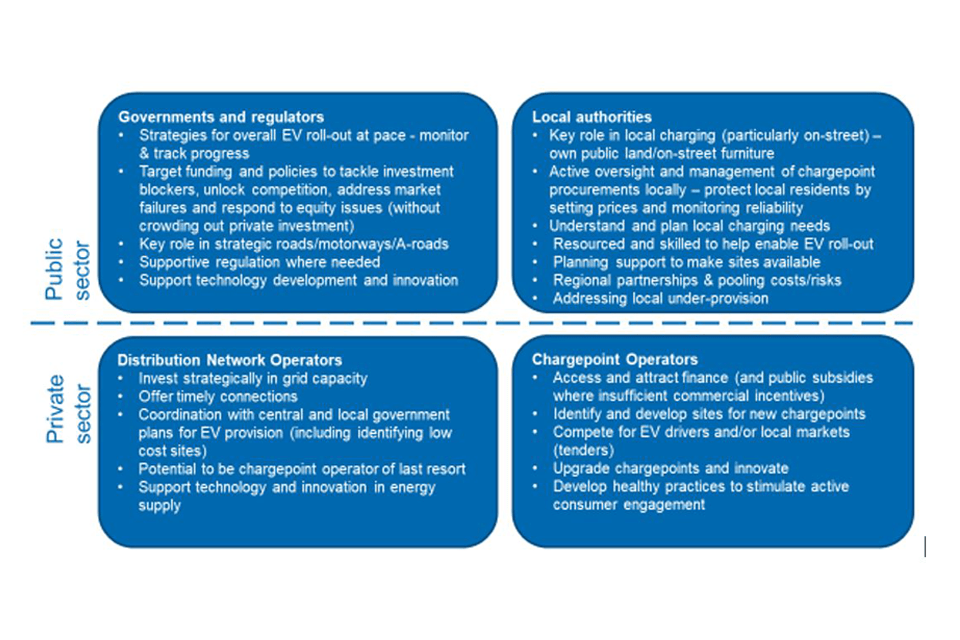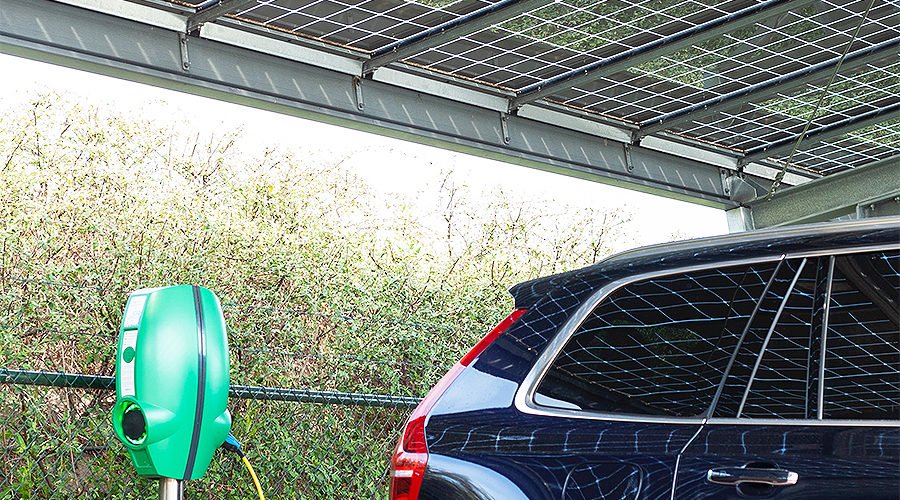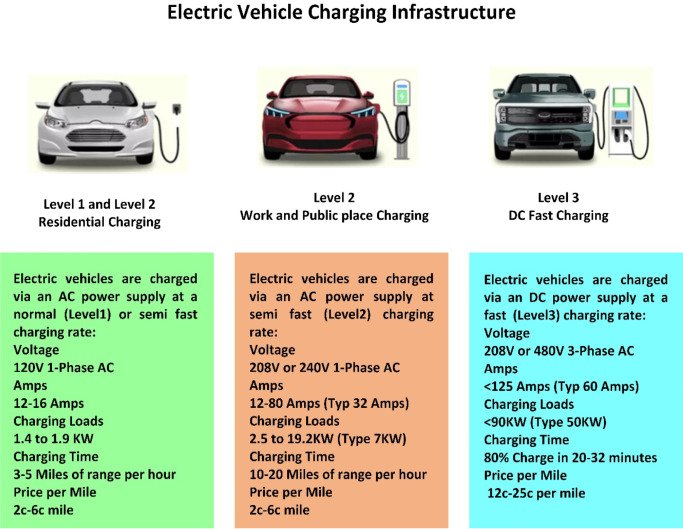Welcome to an informative article on how government policies are addressing EV charging in multi-unit dwellings. As electric vehicles become more popular, ensuring convenient access to charging stations in apartment complexes and other shared living spaces is crucial. Government policies are playing a key role in promoting the installation of charging infrastructure in these settings, creating a more sustainable and accessible future for electric vehicle owners. Let’s explore the different ways governments are addressing this important issue. How Do Government Policies Address EV Charging In Multi-unit Dwellings?
Have you ever wondered how government policies tackle the issue of EV charging in multi-unit dwellings? Here, we will explore the various regulations and initiatives put in place to promote electric vehicle charging infrastructure in apartment buildings and condominiums. Let’s dive in and learn more about how these policies are shaping the future of sustainable transportation in urban areas.

Understanding the Need for EV Charging in Multi-Unit Dwellings
Electric vehicles (EVs) are becoming increasingly popular as more people seek eco-friendly transportation options to reduce their carbon footprint. However, one of the major challenges for EV owners living in multi-unit dwellings, such as apartment buildings and condos, is the lack of access to convenient and reliable charging infrastructure.
The Challenges of EV Charging in Multi-Unit Dwellings
In many multi-unit dwellings, residents may not have dedicated parking spaces or access to electrical outlets for charging their EVs. This poses a significant barrier to EV adoption in urban areas where street parking is common, and garage spaces are limited. Without the ability to charge their vehicles at home, EV owners may be forced to rely on public charging stations, which can be inconvenient and time-consuming.
The Benefits of EV Charging Infrastructure in Multi-Unit Dwellings
Having EV charging infrastructure in multi-unit dwellings offers numerous benefits to both residents and the environment. By providing residents with the convenience of charging their vehicles at home, it encourages more people to switch to electric vehicles, reducing greenhouse gas emissions and improving air quality in urban areas. Additionally, it adds value to the property, making it more attractive to potential buyers or renters who own EVs.
Government Policies Promoting EV Charging in Multi-Unit Dwellings
To address the challenges of EV charging in multi-unit dwellings, governments at various levels have implemented policies and programs to promote the installation of EV charging infrastructure in apartment buildings and condos. These initiatives aim to support the transition to electric transportation and facilitate the adoption of EVs in urban areas.
Local Government Incentives for EV Charging Infrastructure
Many local governments offer incentives and rebates to property owners and developers who install EV charging stations in multi-unit dwellings. These incentives may include grants, tax credits, or low-interest loans to help offset the cost of purchasing and installing charging equipment. By incentivizing the installation of EV charging infrastructure, local governments encourage property owners to invest in sustainable transportation solutions that benefit both residents and the community.
Building Codes and Regulations for EV Charging
Some jurisdictions have introduced building codes and regulations that require new construction projects or major renovations of multi-unit dwellings to include EV-ready parking spaces. This means that parking spaces must be equipped with the necessary electrical wiring and infrastructure to support the future installation of EV charging stations. By incorporating EV-ready parking spaces into building codes, governments ensure that new developments are prepared to accommodate the growing demand for EV charging in urban areas.
Financial Assistance Programs for EV Charging Equipment
In addition to incentives for property owners, governments may offer financial assistance programs for residents to help cover the cost of purchasing and installing EV charging equipment in multi-unit dwellings. These programs may provide rebates or subsidies to residents who wish to install a charging station in their assigned parking space. By making EV charging more affordable for residents, these programs help overcome financial barriers to installing charging infrastructure in apartment buildings and condos.

Best Practices for Implementing EV Charging Infrastructure in Multi-Unit Dwellings
When it comes to installing EV charging infrastructure in multi-unit dwellings, there are several best practices that property owners and developers can follow to ensure a successful and efficient implementation process. By incorporating these strategies, they can create a seamless experience for residents and promote the widespread adoption of electric vehicles in urban areas.
Conducting a Needs Assessment
Before implementing EV charging infrastructure in a multi-unit dwelling, property owners should conduct a thorough needs assessment to determine the demand for charging stations among residents. This involves surveying residents to gauge their interest in EV ownership and understanding their preferences for charging solutions. By collecting data on EV adoption rates and parking habits, property owners can tailor their charging infrastructure to meet the needs of residents effectively.
Choosing the Right Charging Equipment
When selecting EV charging equipment for a multi-unit dwelling, property owners should consider factors such as charging speed, compatibility with different EV models, and ease of use. Depending on the building’s electrical capacity and budget, they may opt for level 1, level 2, or DC fast charging stations to accommodate varying needs and preferences. By offering a mix of charging options, property owners can provide residents with flexibility and convenience when charging their EVs.
Allocating Parking Spaces for EV Charging
To ensure equitable access to EV charging infrastructure, property owners should designate parking spaces specifically for EV charging and consider implementing a fair allocation system for residents. By reserving a percentage of parking spaces for EV owners and implementing a booking system or time limits for charging, property owners can prevent conflicts and ensure that all residents have equal opportunities to charge their vehicles. Additionally, they can install signage and markings to clearly identify EV charging stations and parking spaces, making it easy for residents to locate and use them.
Providing Ongoing Maintenance and Support
Once EV charging infrastructure is installed in a multi-unit dwelling, property owners should establish a maintenance plan to ensure that the equipment remains operational and well-maintained. This may involve conducting regular inspections, testing charging stations for functionality, and addressing any issues or malfunctions promptly. Property owners should also provide residents with instructions on how to use the charging equipment effectively and offer technical support or troubleshooting assistance as needed. By providing ongoing maintenance and support, property owners can create a positive charging experience for residents and promote the long-term sustainability of their EV charging infrastructure.

Conclusion
In conclusion, government policies play a crucial role in addressing EV charging in multi-unit dwellings and promoting the adoption of electric vehicles in urban areas. By offering incentives, implementing building codes, and providing financial assistance programs, governments encourage property owners and developers to invest in sustainable transportation solutions that benefit residents and the environment. With the right policies and practices in place, we can create a future where EV charging infrastructure is readily available in apartment buildings and condos, making it easier for residents to embrace electric transportation and contribute to a greener, more sustainable world.

